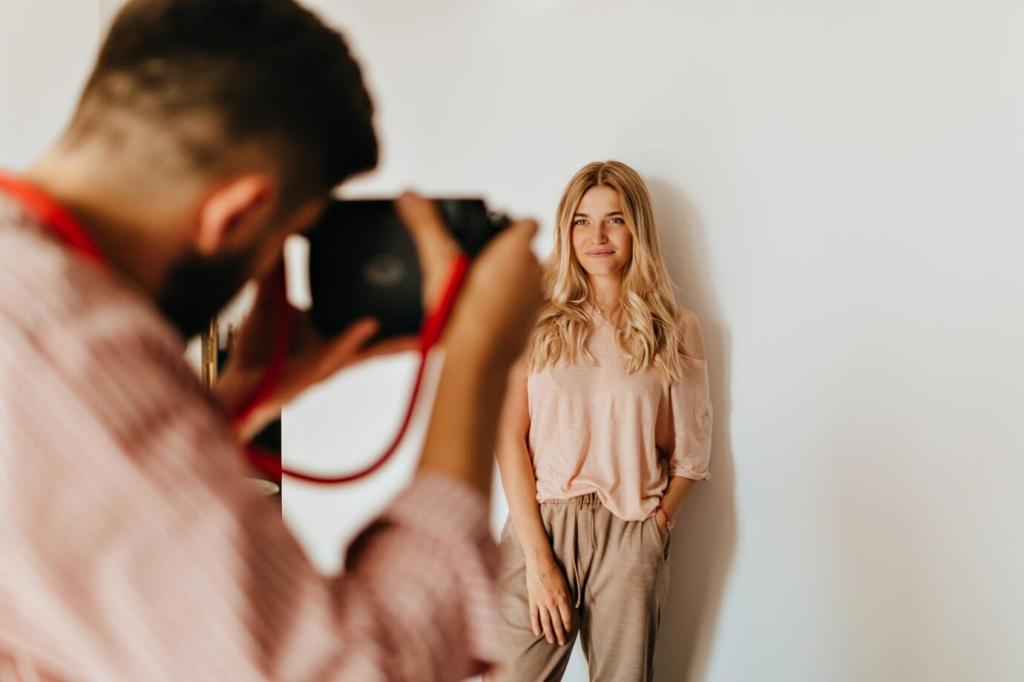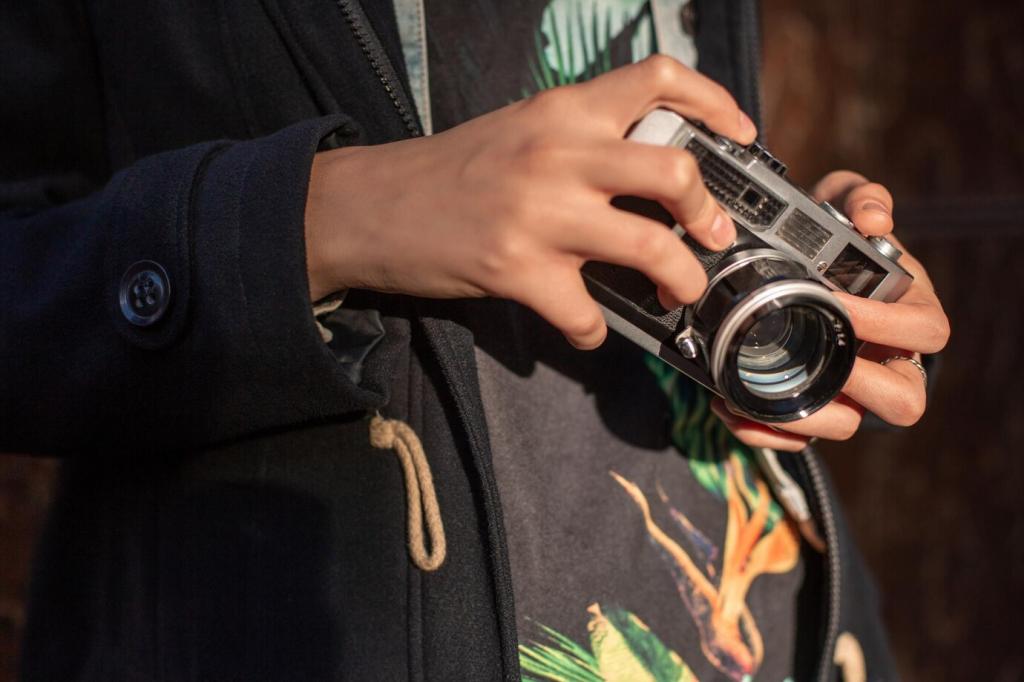Creating Dramatic Landscapes with Editing
Chosen theme: Creating Dramatic Landscapes with Editing. Turn flat captures into epic scenes with thoughtful post‑processing that deepens mood, guides the eye, and preserves authenticity. Join the conversation, share your edits, and subscribe for fresh inspiration.
Mastering Light and Shadow for Impact
Paint with light to emphasize ridgelines, waterfalls, and trails. Use low‑opacity brushes to gradually brighten focal paths and subtly darken distractions, preserving natural gradients while directing attention to your story’s emotional center.

Color Grading for Mood

Cool Nights, Warm Dawns: Emotional Palette
Cool blues and cyans can whisper calm or isolation, while warm ambers and magentas suggest hope and heat. Balance complements carefully to keep drama persuasive, not cartoonish, and steer viewers’ feelings scene by scene.

Selective Color to Guide the Eye
Diminish competing hues and let one dominant color lead. Muting greens to elevate a fiery sky or cooling shadows beneath golden peaks helps viewers read your photo like a sentence with emphasis and cadence.

Modern Color Grading Panels Done Right
Use three‑way color wheels for shadows, midtones, and highlights. Nudge hue gently, adjust balance, and anchor changes with calibrated white balance. Small moves compound into mood, keeping realism while amplifying cinematic presence.



Composition Refined in the Edit
Try 16:9 for sweeping ridges or 4:5 for towering cliffs. Tighten frames to remove indecision, place horizons deliberately, and let negative space breathe. Ask readers which crop amplifies the story best and why.
Composition Refined in the Edit
Subtle vertical corrections can calm leaning trees and rocks. Avoid over‑straightening organic lines; instead, nudge keystoning just enough that the scene feels intentional, stable, and ready to carry bold tonal contrast.
Exposure Blending for Balanced Drama
Manual Blends vs HDR Merge
HDR merge preserves realism when used gently, but manual layer masks can protect delicate highlights. Choose the method that respects the scene’s character, then invite readers to compare results and vote on their favorite.
Gradient and Luminosity Masks for Balance
Stack soft gradients to tame bright horizons, refine with luminosity selections, and feather transitions meticulously. The goal is balance that feels invisible, so the drama reads as natural light rather than obvious processing.
Anecdote: The Storm That Almost Wasn’t
I once blended two exposures from a windswept headland: one for rippling grass, one for ominous clouds. The final image felt like standing in the gale again—subtle, tense, and unexpectedly hopeful.
Story, Style, and Audience Connection

Before moving sliders, write a one‑sentence story: restless tide, rising storm, resilient dawn. Every adjustment should support that sentence. Readers love intention; ask them to share theirs in the comments and subscribe for prompts.
